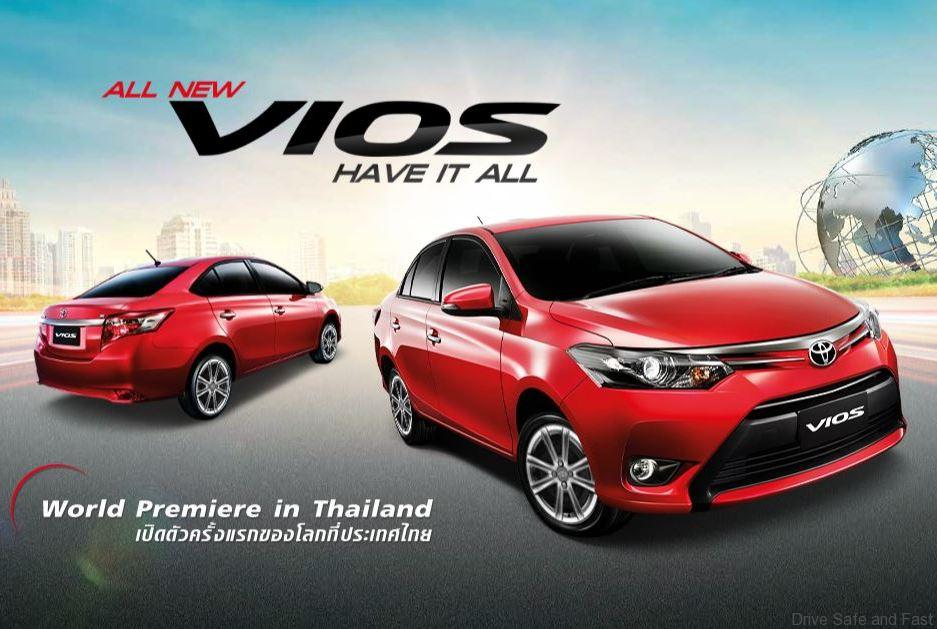In 2012, the ASEAN nations manufactured more than 4.2 million vehicles, including nearly 2.5 million in Thailand. The highest sales were in Thailand (1.4 million), Indonesia (1.1 million), and Malaysia (627,000). PwC’s automotive analyst group, Autofacts, predicts a 2.2 million-unit increase in passenger car production in Southeast Asia by 2020.
The countries east of India and south of China also are attracting automakers because the wage levels are even lower than in China.
Aside from the growth in volumes, ElringKlinger, which makes cylinder head gaskets and other parts, sees great opportunities in Southeast Asia because of the increasingly tight emissions standards there. The supplier could benefit disproportionately from the new limits.
ElringKlinger is focusing on Indonesia, Thailand, Malaysia and Vietnam, where more than three-quarters of all ASEAN inhabitants live. And it is betting heavily on Indonesia, which has a population of about 250 million.
Vietnam and Thailand also appeal to ElringKlinger. Car production in Thailand, excluding microcars, nearly approximates the levels in India. Suppliers are proceeding in various ways.
Duerr, for example, imports equipment for its customers in Southeast Asia, mainly from Chinese factories. ZF has been manufacturing in Rayong since 2002; 170 employees build axle systems for BMW, Ford, GM and Mercedes-Benz at the site.
In Kulim, Malaysia, ZF launched a factory in late 2013 in which 70 employees build car axles for a nearby BMW plant. Faurecia has been in Thailand since 1996. Its three factories in that country employ about 1,000 people who work for the company’s interior and emissions control divisions. Exhaust systems are also produced in Malaysia.






